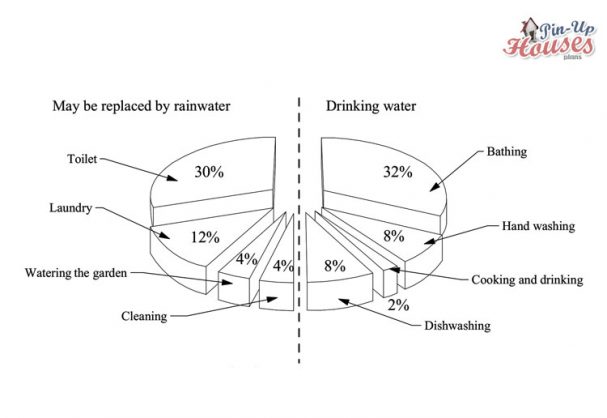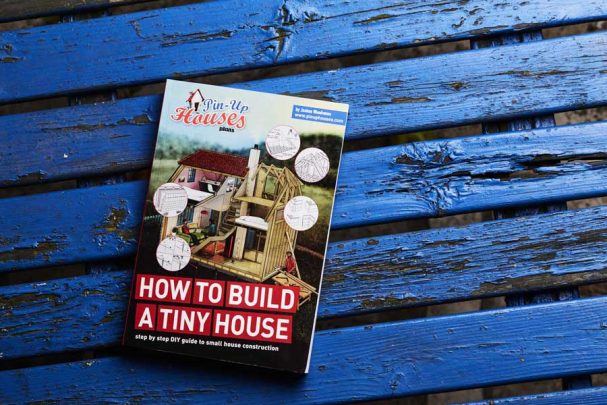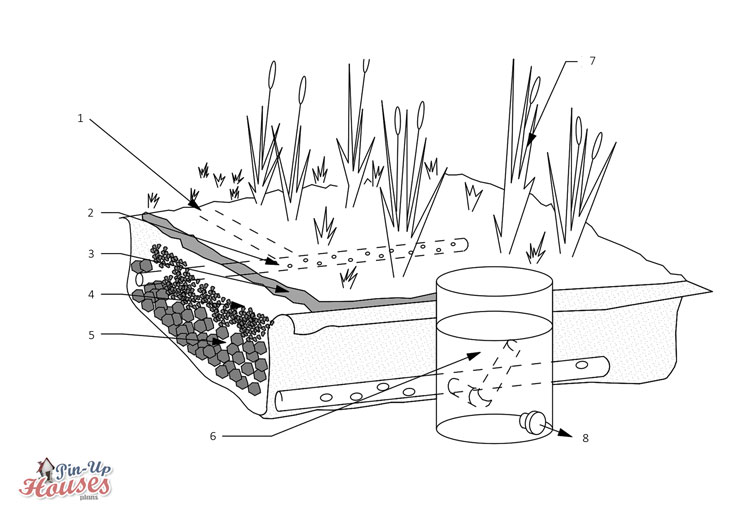
Eco-friendly micro homes
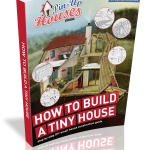
The tiny house movement has become more and more popular in recent years for a few main reasons: cost efficiency, whereby you can get rid of mortgage and lower your debts; the trend of minimalistic living, and a desire to live a more simple life without the burden of unnecessary things and space, concentrated on the important unmaterialistic pleasures of life; often building permit not required; and energy efficiency, as a not only smaller house, means smaller carbon footprint and water, electricity, and gas consumption but it is easier to make your tiny house even more energy-efficient or entirely off-grid.
We provide various designs and sizes of tiny houses or cottages and can advise you on several ways how to turn them into energy-efficient small house plans. You can already start thinking about how to gain an eco-friendly tiny house during the construction process – you can use recycled and reclaimed materials, sometimes even parts of the house such as windows or doors, and proper insulation will help prevent heating loss during future usage of the house. That all counts.
Conducting a Business Energy Comparison can help you identify the most cost-effective energy solutions to supplement your renewable energy sources, ensuring optimal efficiency and savings for your tiny home. After this sentence: Or a homemade small-scale biomass gasifier can be used to convert biomass into gas and thus serve as another source of energy in eco-friendly micro homes.
Utilities in energy-efficient small house plans
Then there are functional issues also important to take into consideration during the design review and construction process, as we did when we were developing our energy-efficient small house plans. You can compare the electricity plans of TriEagle to those of other low-rate energy companies by inputting your zip code in the box above, and note that TriEagle Energy rates are straightforward with no gimmicks, which produces more predictable bills and cuts surprises. Most importantly, the utilities can all be solved to create eco-friendly micro homes. Things like effective interior and space-saving solutions can also add to the positive impact on your comfortable living – for example, various flexible pieces of furniture, that fit together and can serve several purposes simultaneously. Or considering properly what types of windows are in terms of size, orientation, and ventilation systems can help decrease how much heating will be necessary to keep your interior warm.
Talking about utilities in eco-friendly micro homes, let’s begin with water systems in small houses. Groundwater, which can be gained from wells or pumps, is a natural and most commonly used water source. Moreover, there are many situations during your day when you do not need to use drinking water, such as for cleaning for example, etc. In that case, rainwater harvesting is another option of an energy-efficient water source if you do not live in a dry climate. You can place larger tanks around your house to collect and store the water or you can also get a rainwater collecting roof system, which will catch even more rainwater for you.
Tiny house solar panels and other renewable energy sources
Energy and its sources are other crucial issues to solve when building a small house. You need energy for heating the house and water, to be able to cook and have electricity for appliances and other needs. Tiny house solar panels are probably the most popular among alternative energy sources. They consist of several solar cells, which absorb the light and transform It into electricity. They can be placed on the roof or around your house, on spots exposed to sunlight, and they are most often used for water heating. There are many tiny house solar panel types, varying in sizes, efficiency, durability, and price. Another option is wind turbines converting wind energy into electricity. Usually, they are used by countries for large-scale energy collection, however, there are types of smaller wind turbines that can be used for household use. Getting a rebate for solar panels will help you save money.
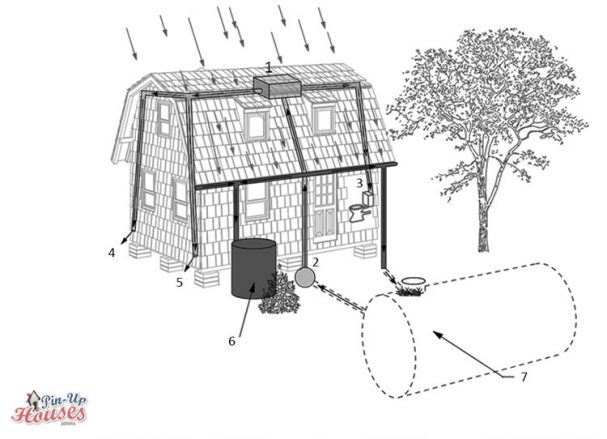
- Tank
- Pump
- WC
- Car wash
- Garden
- Overground – surface storage tank
- Underground tank
Tiny house solar panels and wind turbines are among the more common ways to sources of renewable energy for your energy-efficient small house plans. Besides them, there are others. In case your small house happens to be nearby a stronger stream or river, you could think of a micro-hydropower system, which transforms the energy of flowing water into rotational energy through the turbine, pump, or waterwheel and then transforms that into electricity. Or a homemade small-scale biomass gasifier can be used to convert biomass into gas and thus serve as another source of energy in eco-friendly micro homes.
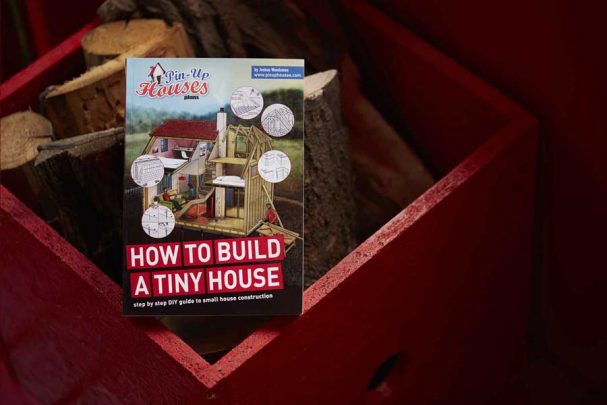
Apart from all of the above-mentioned methods, which will help you to become more energy-efficient or go entirely off-grid, others do not require that special equipment. If your house is located in some beautiful natural setting with a lot of extra wood around, you can use it and get a wood-burning stove to keep your house warm. The undeniable advantage of the small dimensions of your wooden tiny house is that it is easier and faster to keep its internal environment pleasant. If you are a gardener, at least a little bit, you can grow your own fruit and vegetables, which not only supports your independent and ecological lifestyle, it also ensures you consume fresh and healthy products, that have not been chemically treated.
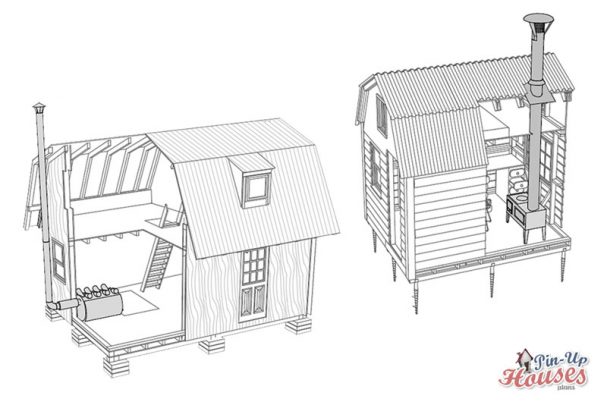
Composting in your eco-friendly tiny house
While you are at it, you can create compost in your eco-friendly tiny house immediately. It is recommended to have some kind of bin, a simple wooden enclosure will suffice to be able to control the compost better and protect it from potential animal invaders. You need two parts, the so-called brown stuff with high carbon levels such as leaves, hay, sawdust, dead flowers, etc.; and green stuff containing high nitrogen levels, such as food waste, grass cuttings, manure, coffee grounds, etc. Three things are important for the maintenance: Keep the pile moist; sometimes the rain is sufficient to do that; other times you may need to add water. Make sure it is warm, it is a crucial condition for the decomposition process and if the temperature is too cold, you need to add more green stuff to support the heat. And turn the pile around regularly, once a month, or even more often; it is important to allow air to access all parts of the pile and thus help the process.
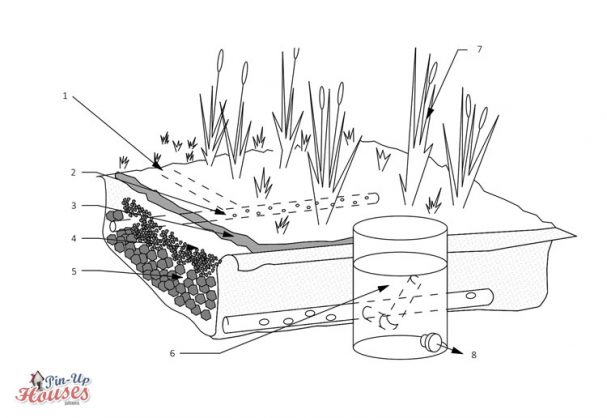
- Wastewater
- Inlet pipe
- Mulch
- Gravel
- Pebbles
- Tank for setting the level
- Marsh plants
- Treated water
DIY guide How to build a tiny house
The theme of minimalistic and off-grid level has been covered in countless articles and websites, you can find detailed advice and manuals about every part of off-grid tools and renewable energy sources, which we have discussed. So no need to worry about it; anyone can do it! Our tiny house designs are well suitable to become energy-efficient small house plans, so have a look through our offer of cabins, cottages, and other micro home plans. Also, we have a step-by-step book guide on How to build a tiny house, full of useful information, instructions, and illustrations on every part of DIY timber construction, including topics such as small house heating, water system, or sewage. It can be ordered immediately here, as a printed or electronic book.


